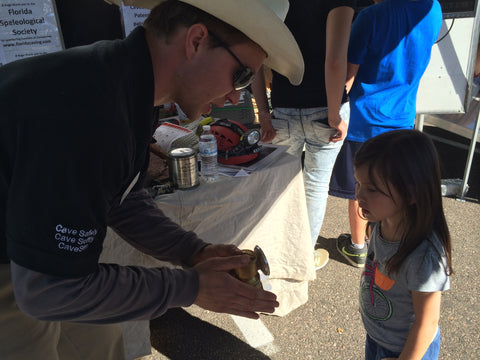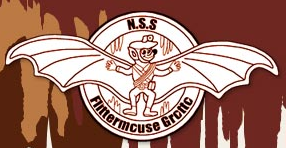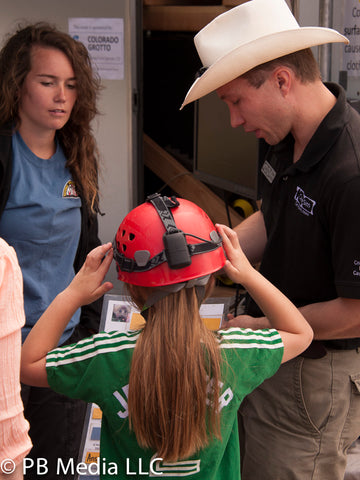CaveSim program at Mountain Song Community School
About 23 6th grade students from the Mountain Song Community School in Old Colorado City experienced CaveSim on Friday. They did many of our activities, including:
- Explored the cave in the trailer while trying not to hit the electronically-sensed cave formations
- Practiced cave rescue by carrying one another around in our sked (rescue stretcher)
- Learned about basic circuits with our field phones (used in cave rescue)
- Roleplayed the lives of bats with our bat migration game, and learned about White Nose Syndrome
- Crawled through our squeezebox to see how tight a space they could fit through
- Learned about carbide lamps and cave history with our working lamp
- Made sinkholes in cups to learn about geology
The students asked great questions, and engaged with all of our activities. A big thanks to their teacher, Mr. McDonald, and to both parent volunteers who helped to organize and run the program.
Mountain Song 6th grade class and their teacher at the front of CaveSim. Photo by Dave Jackson. Photo waivers on file.























































